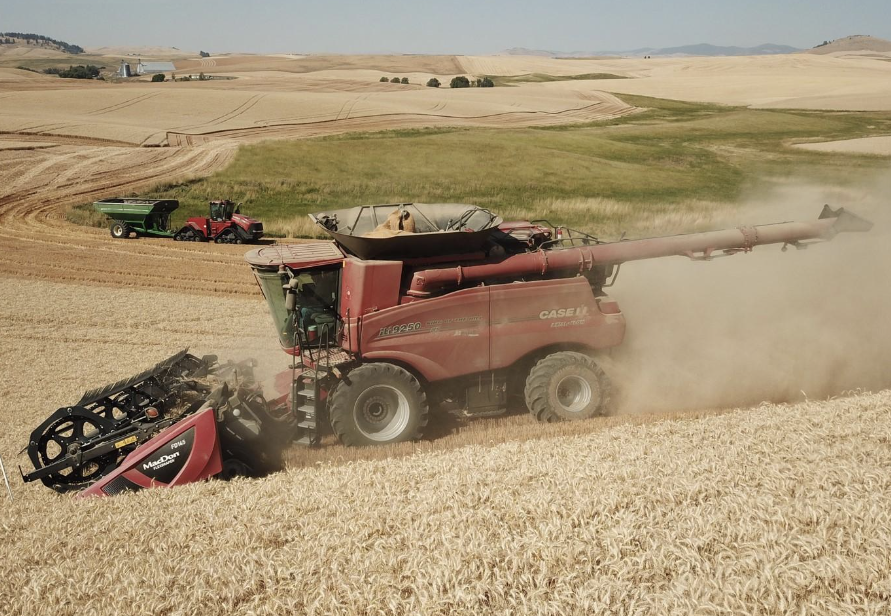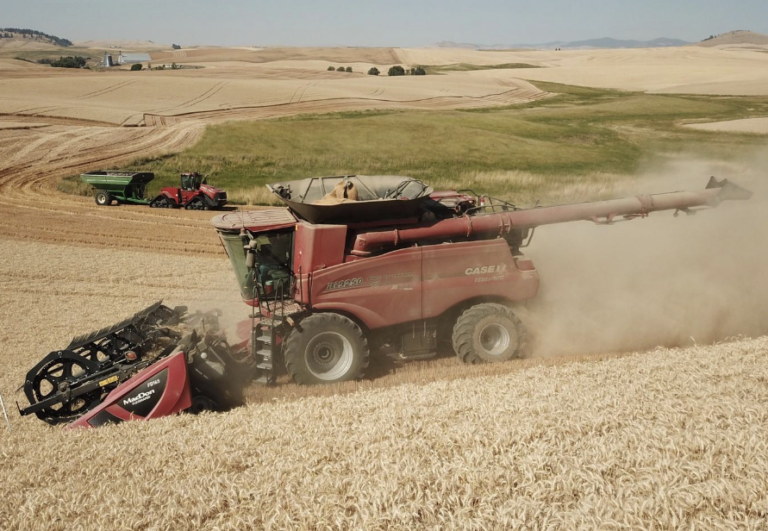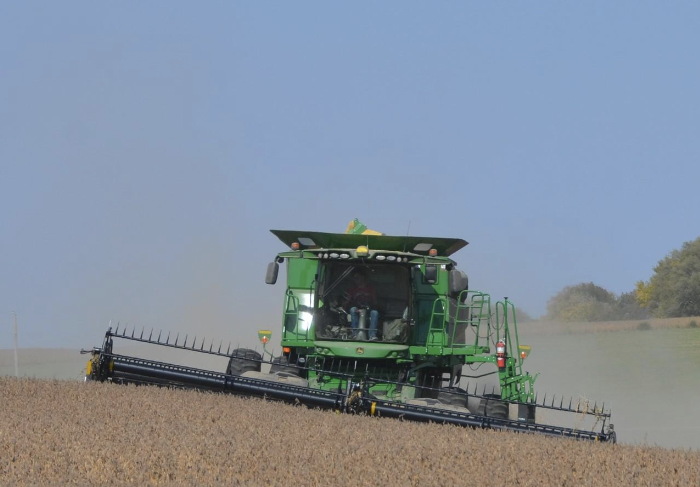Sidehill Vs. Hillside

The simple answer to the question is, the Sidehill will compensate for 18% slope and the Hillside 27% but there are a few key differences that may sway a person to go with one over the other
No they are not. Read below to find out more details.
Typically, geography is the biggest customer consideration to consider when looking to purchase either a Sidehill or Hillside kit.
Sidehill Vs. Hillside
Tires and Wheels:
Post Install Dimensions:
There is a small height difference between the two leveling systems. Hillsides will normally sit a couple inches higher than the Sidehills and it varies a little bit based on which brand of combine that you have and what size tires you’re running. Namely, the John Deere combines will sit a little bit taller and wider than their Case IH counterparts. This is mainly due to the static front axle on the John Deere as well as a need for a drop axle that the CASE combines won’t need.
The two packages are mostly the same in weight with the Hillside combine coming in about 350 lbs heavier than its Sidehill counterpart. The Hillside and Sidehill leveling systems will add a total of around 3,950lbs and 3,600lbs respectively.
Drivelines are another differentiating factor. Due to the varying degrees of leveling capabilities, drivelines with higher angles of efficiency are required to compensate for the different degrees of leveling.
Typically, geography is the biggest customer consideration to consider when looking to purchase either a Sidehill or Hillside kit. In a lot of areas, you can get away with the Sidehill leveling system but when you get into steeper terrain a Hillside leveling system will provide the operator with more capabilities.



